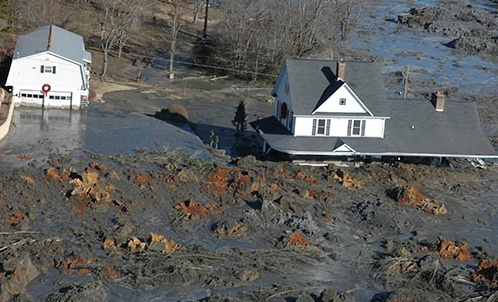Study finds radioactive contaminants in coal ash
September 2, 2015 by Ken Ward Jr.
There’s an important new study out this week from Duke University that reveals — for the first time — the presence of radioactive contaminants in coal ash from all three major U.S. coal-producing regions. Here’s part of the press release from Duke:
The study found that levels of radioactivity in the ash were up to five times higher than in normal soil, and up to 10 times higher than in the parent coal itself because of the way combustion concentrates radioactivity.
The finding raises concerns about the environmental and human health risks posed by coal ash, which is currently unregulated and is stored in coal-fired power plants’ holding ponds and landfills nationwide.
“Until now, metals and contaminants such as selenium and arsenic have been the major known contaminants of concern in coal ash,” said Avner Vengosh, professor of geochemistry and water quality at Duke’s Nicholas School of the Environment. “This study raises the possibility we should also be looking for radioactive elements, such as radium isotopes and lead-210, and including them in our monitoring efforts.”
The study, published today in the journal Environmental Science and Technology, is available here.

 Subscribe to the Coal Tattoo
Subscribe to the Coal Tattoo
